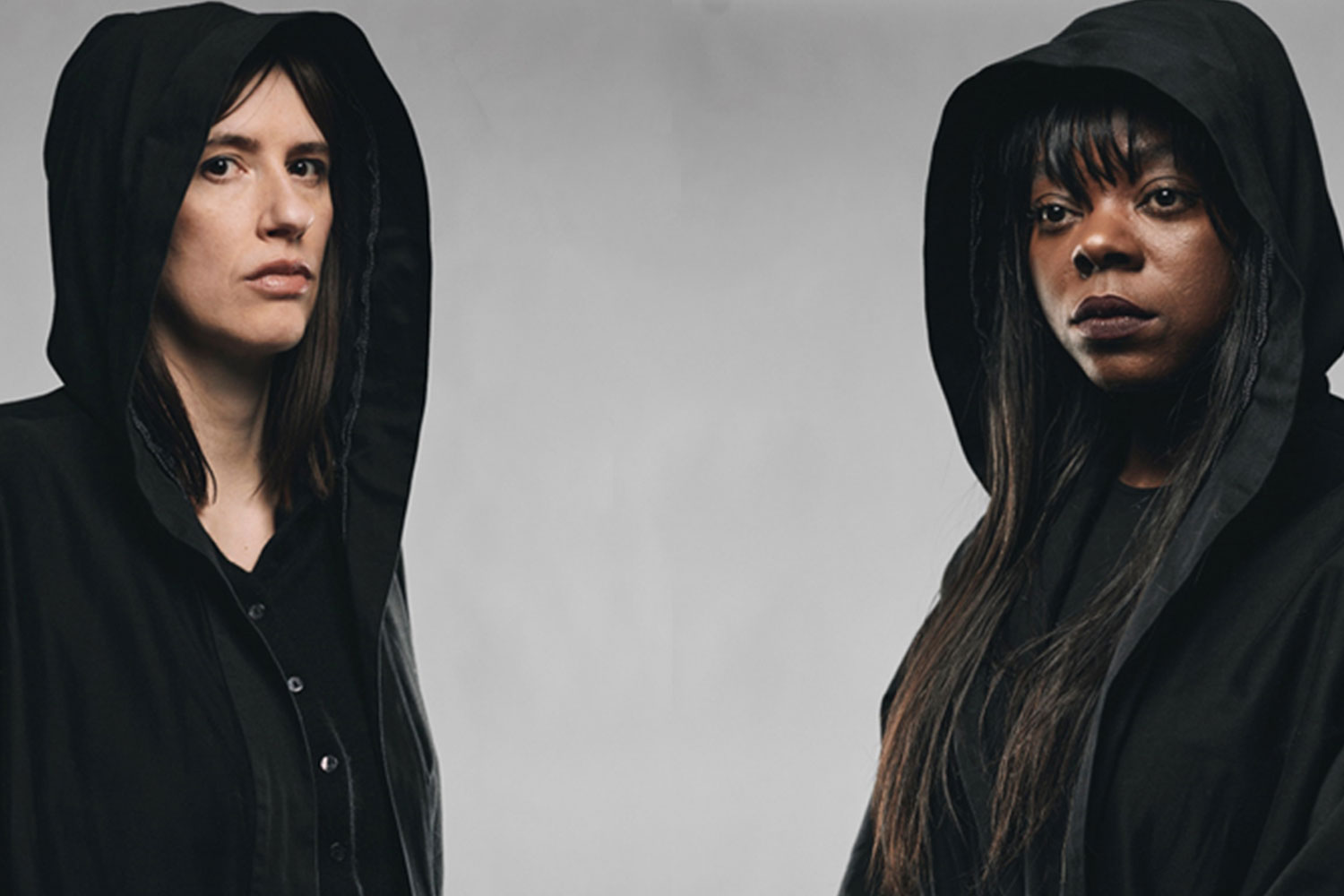Jo Caird: The changing face of arts journalism
Last
week I chaired a panel discussion on the changing face of arts
journalism. Given that the audience at the event was entirely
composed of publicists working in performing arts, it’s not
surprising that some of what was said was pretty niche.
the website user stats, newspaper circulation figures and tips for PRs about
how to tempt arts editors into commissioning stories, there was
plenty to interest lay readers too. The last few years have
seen huge changes in the way that we engage with the media, and
sometimes it’s useful to take a step back and look at how far we’ve
come.
The
panellists on the day were Dan Pursey, founder of the PR, marketing
and print firm Mobius Industries; Daisy Bowie-Sell, an arts journalist at the
Telegraph; and our very own Theo
Bosanquet, deputy editor of Whatsonstage.com.
Each of them made many
insightful points, but as I don’t want to turn this blog post into a
conference report, I won’t name-check who said what, but will just
try to summarise the issues that we touched upon. I’m sure the panellists won’t
mind.
The
contents of this post might seem obvious for those of you already
savvy with digital media and social networking, but as last week I
wrote something with you lot in mind, today’s post is for readers who
might be considering some of this for the first time.
The
impact of the rise of digital media on traditional print
journalism
While
it might be tempting to think about traditional print journalism and
digital media as very different models with divergent aims and
methods, comments made by the panel pointed to the fact that actually
there is a great deal of crossover between the two. Online platforms
have the advantage when it comes to responding quickly to events, so
print media has had to up its game by investing in its own digital
offering.
Newspaper arts desks (along with other
sections) are increasingly commissioning content specifically for online, meaning
that a far greater breadth of coverage is possible by these
publications. There’s also simply a lot more content available online
than there is in print. Whereas newspaper arts pages may have the
space to run a theatre feature every week or so, there’s no physical
limit to the amount of theatre content that can go up on
publication’s website.
Traditional
print publications have also taken the lead from digital media when
it comes to engaging with readers, encouraging them to comment
beneath articles and share content on social networking sites such as
Twitter and Facebook. So while newspaper circulation figures continue to dwindle, the number of people reading stories on newspapers’ websites goes up and up.
New
opportunities offered by digital
Digital
media has opened up the potential of different types of content in a
really exciting way. Video and audio clips, slide shows, quizzes and
interactive graphs all now run alongside the written word to create
an online environment that offers users a broad range of ways to
engage. Having read an interview with a director or actor, we might
be invited to watch a clip of rehearsal footage or a trailer for the
production. The world of that particular art form is brought to life
in a way that would be impossible through print media alone.
Accessing
content digitally rather than through print also makes it far easier
for readers to engage directly with the theatre-makers and the work
they’re reading about. In a couple of clicks of the mouse you could
be reading more about a theatre company on its website, or in the
case of a platform like Whatsonstage.com, booking tickets for that
company’s current show.
It
works the other way around too, with artists now able to ‘speak’ to
audiences through not just their work, but also through first-person
pieces written specifically for digital platforms, as well as via
the sort of multi-media content I’ve just described. Social
networking sites – easily linked to from digital media platforms –
also allow greater interaction between reader/audience member and artist.
The
downside of digital
Of
course there are negatives aspects to this new wave of arts coverage.
The large number of online magazines that have sprung up in recent
years – including platforms like Whatsonstage.com which occupy
themselves with, broadly speaking, just one cultural form – means
that there’s an almost overwhelming amount of content out there. It
can be hard to navigate this sea of coverage: while newspapers are
regarded as a known quantity, trusted and reliable for the most part,
independent websites can seem like a riskier proposition.
This
is partly to do with the fact that many of these websites are unable
to pay their writers, so the quality of the work they publish varies.
That’s not to say that there aren’t a lot of very talented people
writing for these sites without renumeration – it’s quite common
for example for students and emerging journalists to hone their craft
and build their portfolios writing for small online publications for
no fee – but it would be disingenuous to say that money isn’t an issue.
The
future
None
of this is to say that traditional print media is obsolete, or even
heading in that direction, but it’s certainly true that when
it comes to innovation, digital media is leading the way. There are problems to resolve, such as how online publications can make themselves financially viable, but digital media has such a lot to offer that I don’t doubt solutions will be found.
As long as there are readers greedy for high-quality arts coverage and artists keen to publicise their work to a wider audience, arts journalism will thrive. Exactly what it will look in the future, I can’t tell you, but I look forward to being part of it, whatever shape it takes.










